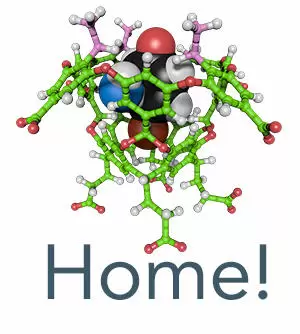Giles, M. D.; Liu, S.; Emanuel, R. L.; Gibb, B. C.; Grayson, S. M. Dendronized supramolecular nanocapsules: pH independent, water-soluble, deep-cavity cavitands assemble via the hydrophobic effect.. Journal of the American Chemical Society 2008, 130, 14430-1.
At neutral pH, dendronized deep-cavity cavitands were shown to form supramolecular nanocapsules via assembly around a range of guest molecules.

